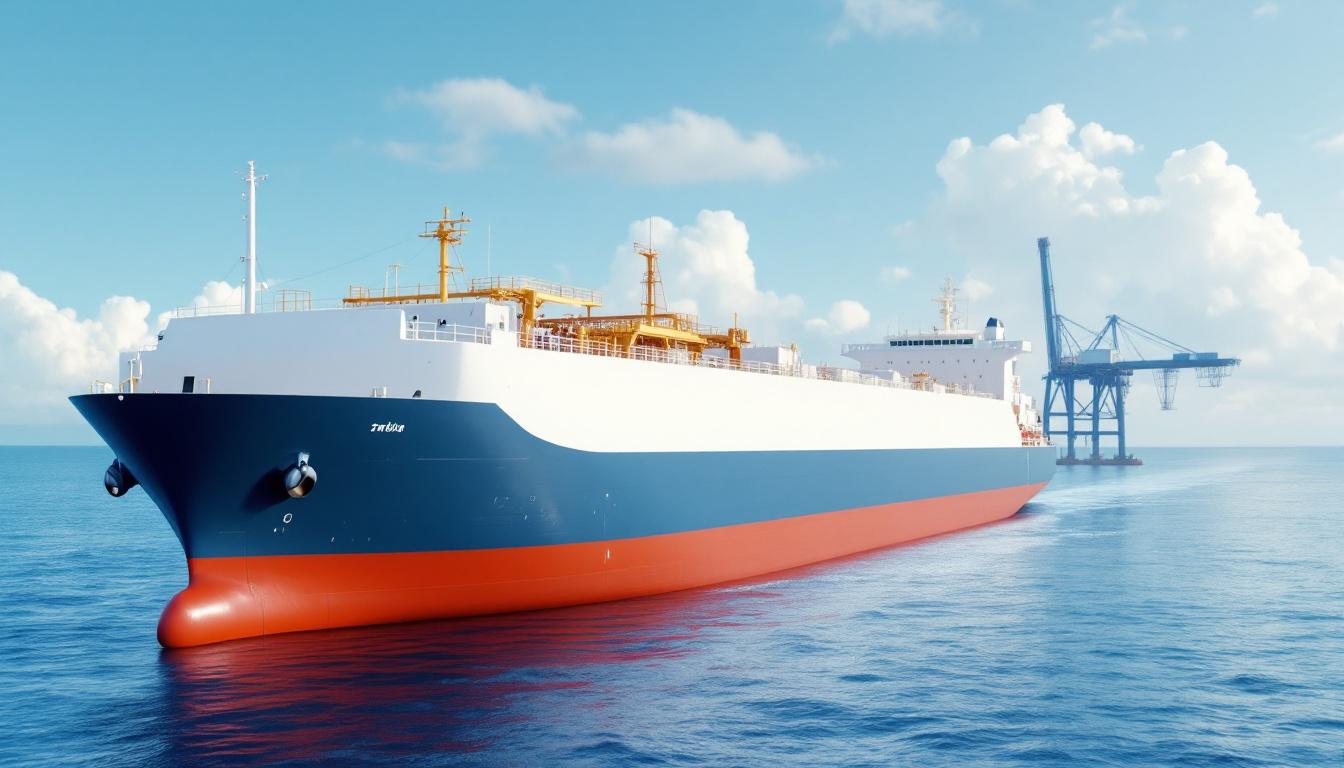
Liquid Bulk Tankers: Efficient Cargo Transportation
Liquid bulk tankers are the backbone of global trade, transporting vast quantities of fluids across oceans. At GLOBAL TERMINAL NETHERLANDS B.V, we understand the critical role these vessels play in moving everything from crude oil to chemicals.
This blog post explores the different types of liquid bulk tankers, their safety measures, and the advantages they offer in efficient cargo transportation. We’ll also look at future trends shaping this essential industry.
Types of Liquid Bulk Tankers: Specialized Vessels for Efficient Cargo Transport
Liquid bulk tankers form the backbone of global trade, transporting vast quantities of fluids across oceans. These specialized vessels play a critical role in moving everything from crude oil to chemicals, ensuring the smooth flow of essential commodities worldwide.
Oil Tankers: Giants of the Sea
Oil tankers stand as the largest vessels in the liquid bulk fleet. These massive ships transport crude oil from extraction sites to refineries around the globe. Very Large Crude Carriers (VLCCs), the largest oil tankers, can hold up to 2 million barrels of oil.
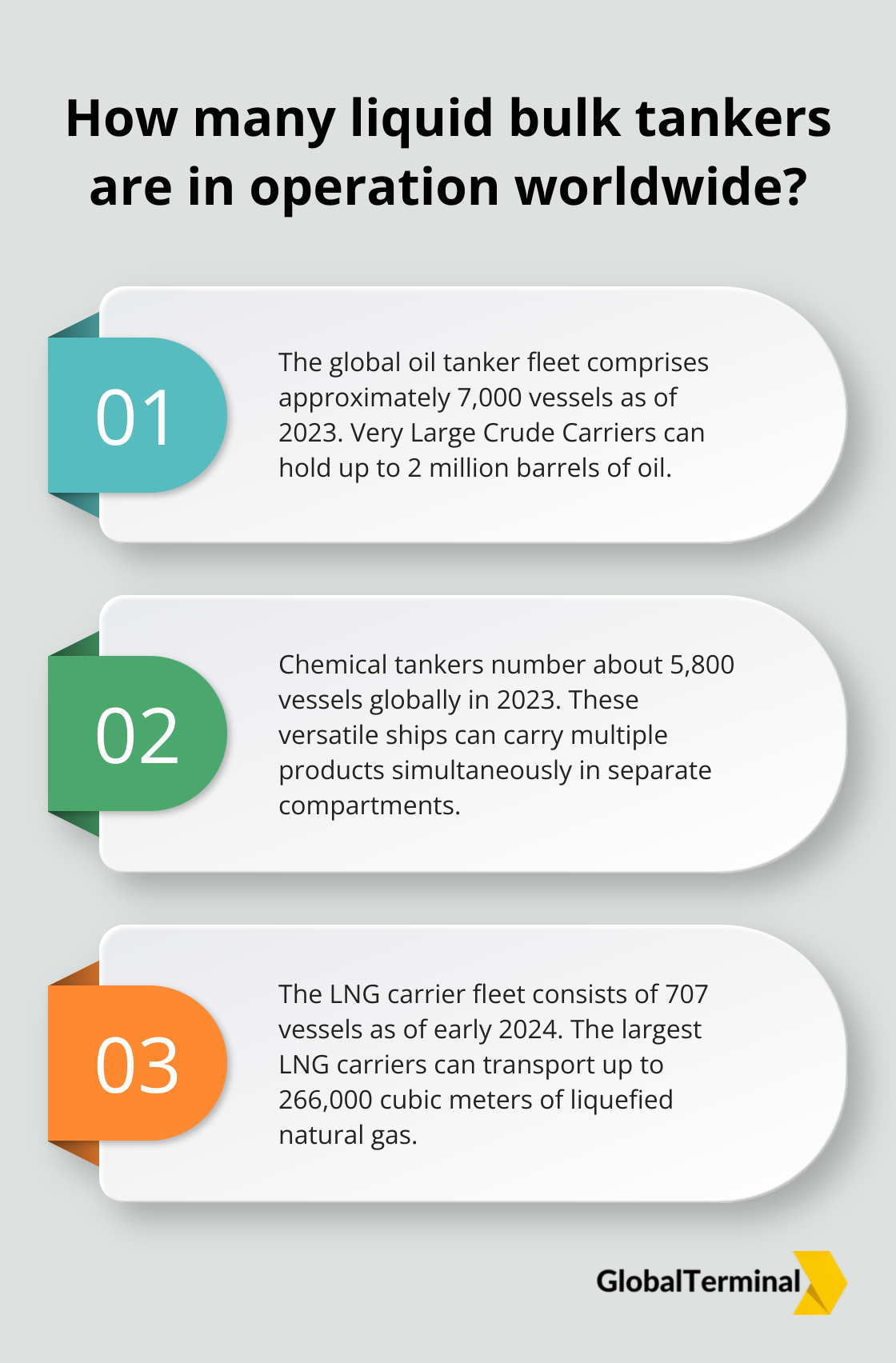
The International Maritime Organization (IMO) reports approximately 7,000 oil tankers in operation globally as of 2023. These vessels meet the world’s energy demands, with the global oil trade reaching 61.6 million barrels per day in 2022 (BP’s Statistical Review of World Energy).
Chemical Tankers: Masters of Versatility
Chemical tankers transport a wide range of liquid chemicals, from acids to alcohols. These ships feature specialized coatings in their tanks to prevent cargo contamination and corrosion. Clarkson Research reports that the global chemical tanker fleet comprised about 5,800 vessels in 2023.
A key feature of chemical tankers is their ability to carry multiple products simultaneously in separate compartments. This multi-cargo capability allows for more efficient transportation and reduces the number of required voyages.
LNG Carriers: Fueling the Future
Liquefied Natural Gas (LNG) carriers are highly specialized vessels that transport natural gas in its liquid form at extremely low temperatures (-162°C). The LNG carrier fleet has grown significantly in recent years, with 707 vessels in operation as of early 2024 (International Group of Liquefied Natural Gas Importers).
These carriers use sophisticated insulation systems to maintain the cargo’s low temperature during transit. The largest LNG carriers can transport up to 266,000 cubic meters of LNG (equivalent to the natural gas consumption of about 70,000 U.S. homes for an entire year).
Product Tankers: Refined Fuel Transporters
Product tankers transport refined petroleum products such as gasoline, diesel, and jet fuel. These vessels are typically smaller than crude oil tankers, allowing them to access a wider range of ports. Clarksons Research reports that the global product tanker fleet consisted of about 2,800 vessels in 2023.
Product tankers often have multiple compartments to carry different types of refined products in a single voyage. This flexibility meets varied fuel demands across different regions.
As we move forward, it’s important to consider the safety measures implemented in liquid bulk transportation to ensure the secure movement of these valuable and potentially hazardous cargoes.
How We Ensure Safety in Liquid Bulk Transportation
Safety stands as the top priority in liquid bulk transportation. The industry has developed robust safety measures to mitigate risks associated with transporting potentially hazardous materials.
Advanced Tank Design and Construction
Modern liquid bulk tankers feature double-hull designs, which significantly reduce the risk of spills in case of collisions or groundings. The International Maritime Organization (IMO) mandated this design for all oil tankers built after 1996. This regulation has led to a 62% decrease in oil spills for tanker ship accidents.
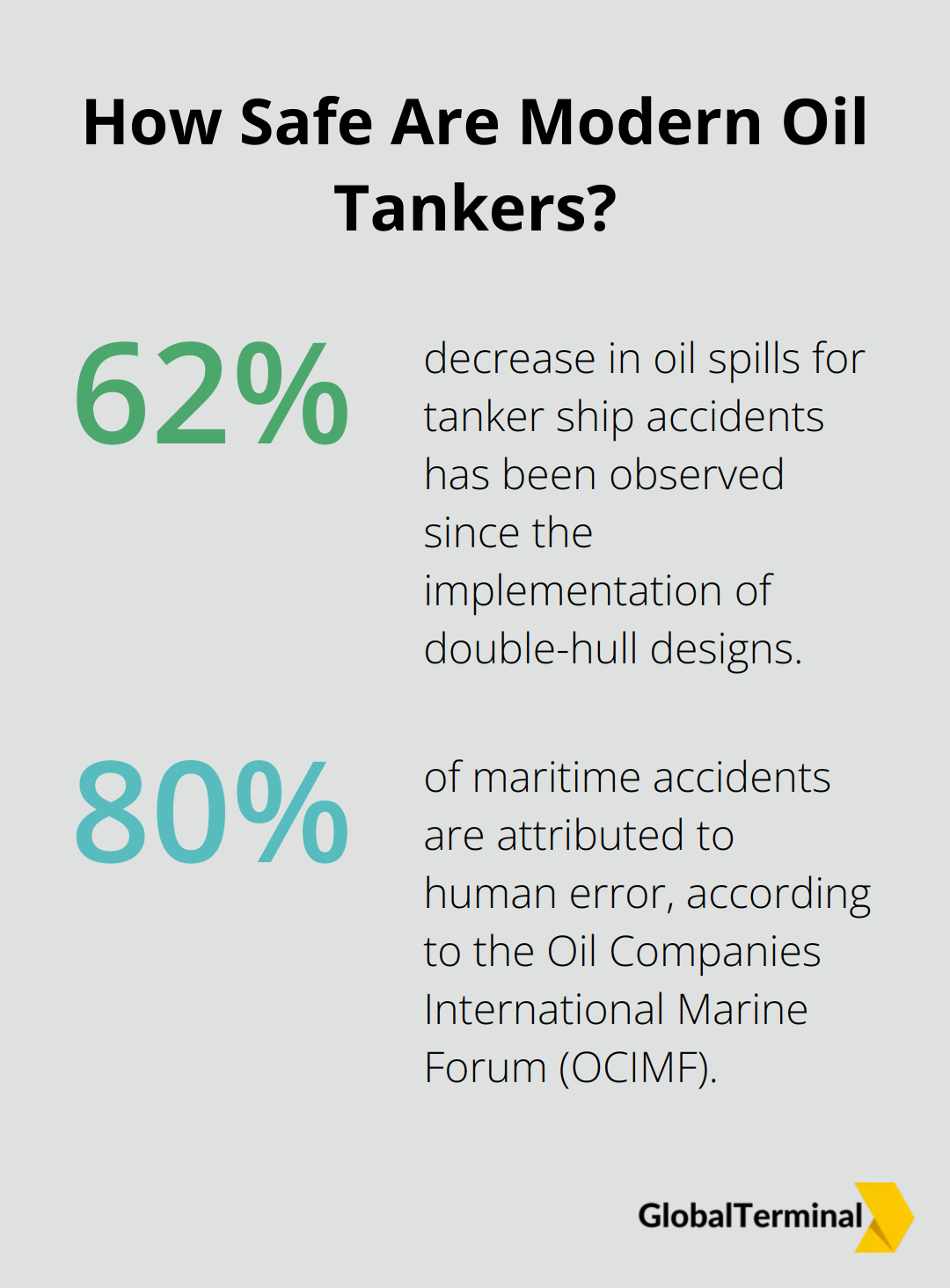
Tank materials are carefully selected based on the cargo they’ll carry. For instance, stainless steel is often used for chemical tankers due to its corrosion resistance. LNG carriers employ specialized materials like Invar (an alloy with a low thermal expansion coefficient) to maintain cargo integrity at extremely low temperatures.
Innovative Vapor Recovery Systems
Vapor recovery systems prevent emissions during loading and unloading operations. These systems capture and condense volatile organic compounds (VOCs) that would otherwise escape into the atmosphere. A vapor recovery system consists of a vapor gathering system capable of collecting the VOC vapors and gases discharged, and a vapor disposal system.
Many ports now require tankers to use vapor recovery systems. For example, the Port of Rotterdam has implemented strict regulations on VOC emissions, pushing for the widespread adoption of these systems.
Rigorous Emergency Shutdown Procedures
Emergency shutdown systems (ESD) are critical safety features on liquid bulk tankers. These systems can quickly stop all cargo operations in case of a leak, fire, or other emergencies. The International Safety Guide for Oil Tankers and Terminals (ISGOTT) provides detailed guidelines for ESD procedures.
Crews conduct regular drills to ensure they can activate the ESD system within seconds. The IMO’s International Convention on Standards of Training, Certification and Watchkeeping for Seafarers (STCW) requires all tanker personnel to undergo specific safety training, including ESD procedures.
Comprehensive Crew Training and Certification
The human factor plays a vital role in maintaining safety standards. The STCW Convention sets minimum qualification standards for masters, officers, and watch personnel on seagoing merchant ships. For tanker operations, additional specialized training is mandatory.
This training covers cargo handling, fire safety, and emergency response. The Oil Companies International Marine Forum (OCIMF) reports that human error contributes to approximately 80% of maritime accidents. Continuous training and certification programs aim to reduce this figure significantly.
These safety measures form the foundation of secure liquid bulk transportation. However, the advantages of using liquid bulk tankers extend beyond safety considerations. Let’s explore the benefits these specialized vessels offer in the next section.
Why Liquid Bulk Tankers Dominate Global Trade
Unmatched Cost-Efficiency for Massive Volumes
Liquid bulk tankers have become the preferred choice for transporting large volumes of fluids across the globe. The economics of scale play a significant role in their popularity. These vessels transport enormous quantities of cargo in a single trip, which drastically reduces per-unit shipping costs. A Very Large Crude Carrier (VLCC) can transport between 1.9 million and 2.2 million barrels of oil. This capacity translates to substantial savings for shippers. The International Association of Independent Tanker Owners (INTERTANKO) reports that the cost per ton-mile for VLCCs can be up to 50% lower than smaller tankers, making them the most economical option for long-haul routes.
Environmental Benefits Through Reduced Packaging
Liquid bulk transportation significantly reduces the need for individual packaging, which contributes to a decrease in overall waste. The United Nations Conference on Trade and Development (UNCTAD) estimates that bulk shipping methods, including liquid bulk, can reduce packaging waste by up to 90% compared to containerized shipping. This reduction not only lowers costs but also aligns with global sustainability goals. Companies that want to improve their environmental footprint often switch to liquid bulk transport as a strategic move.
Versatility in Cargo Handling
Modern liquid bulk tankers handle a wide array of products, from crude oil to specialized chemicals. This versatility is particularly evident in chemical tankers, which can transport multiple products simultaneously in separate compartments. The International Chamber of Shipping reports that a single chemical tanker can carry up to 60 different products in one voyage, which maximizes efficiency and reduces the number of required trips. For shippers, this means greater flexibility in meeting diverse market demands without compromising on cargo integrity.
Efficient Loading and Unloading Processes
Liquid bulk tankers utilize advanced pumping systems and specialized equipment for rapid loading and unloading. This efficiency minimizes port time and maximizes operational productivity. Modern tankers can load or discharge their cargo in less than 24 hours (depending on the size and type of vessel). The quick turnaround time allows for more frequent trips and improved asset utilization, which further enhances the cost-effectiveness of liquid bulk transportation.
Global Reach and Flexibility
The design of liquid bulk tankers allows them to navigate various water depths and access a wide range of ports. This flexibility enables direct shipments to diverse locations, which reduces the need for intermediate handling and storage. The global network of terminals and storage facilities supports the efficient movement of liquid bulk cargoes across international supply chains. This extensive reach makes liquid bulk tankers an integral part of global trade networks, facilitating the seamless flow of essential commodities worldwide.
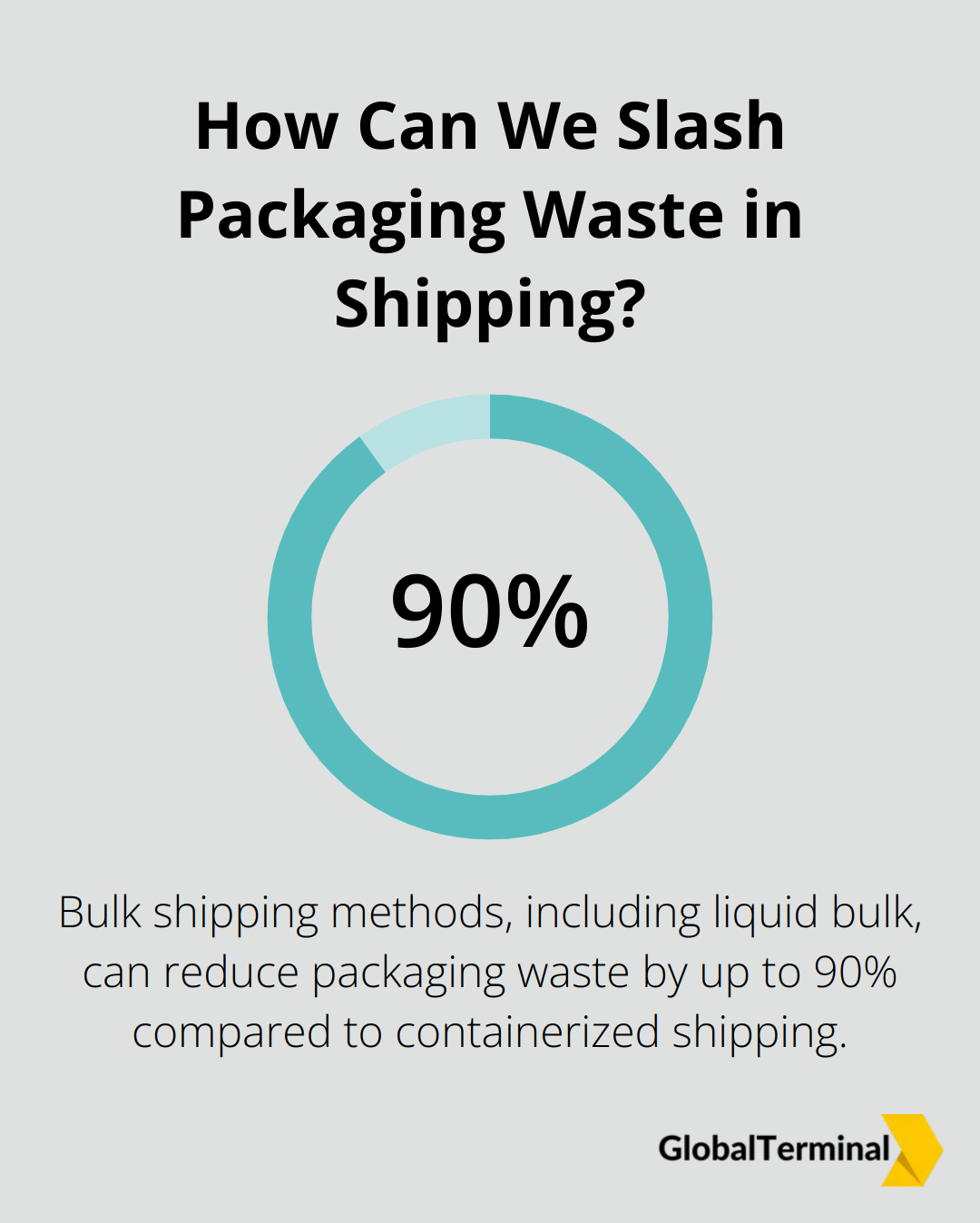
Final Thoughts
Liquid bulk tankers have proven themselves as indispensable assets in global trade. These specialized vessels offer unparalleled efficiency and cost-effectiveness for transporting massive volumes of fluids across oceans. Their advanced safety features, including double-hull designs and sophisticated vapor recovery systems, ensure the secure transportation of potentially hazardous materials.
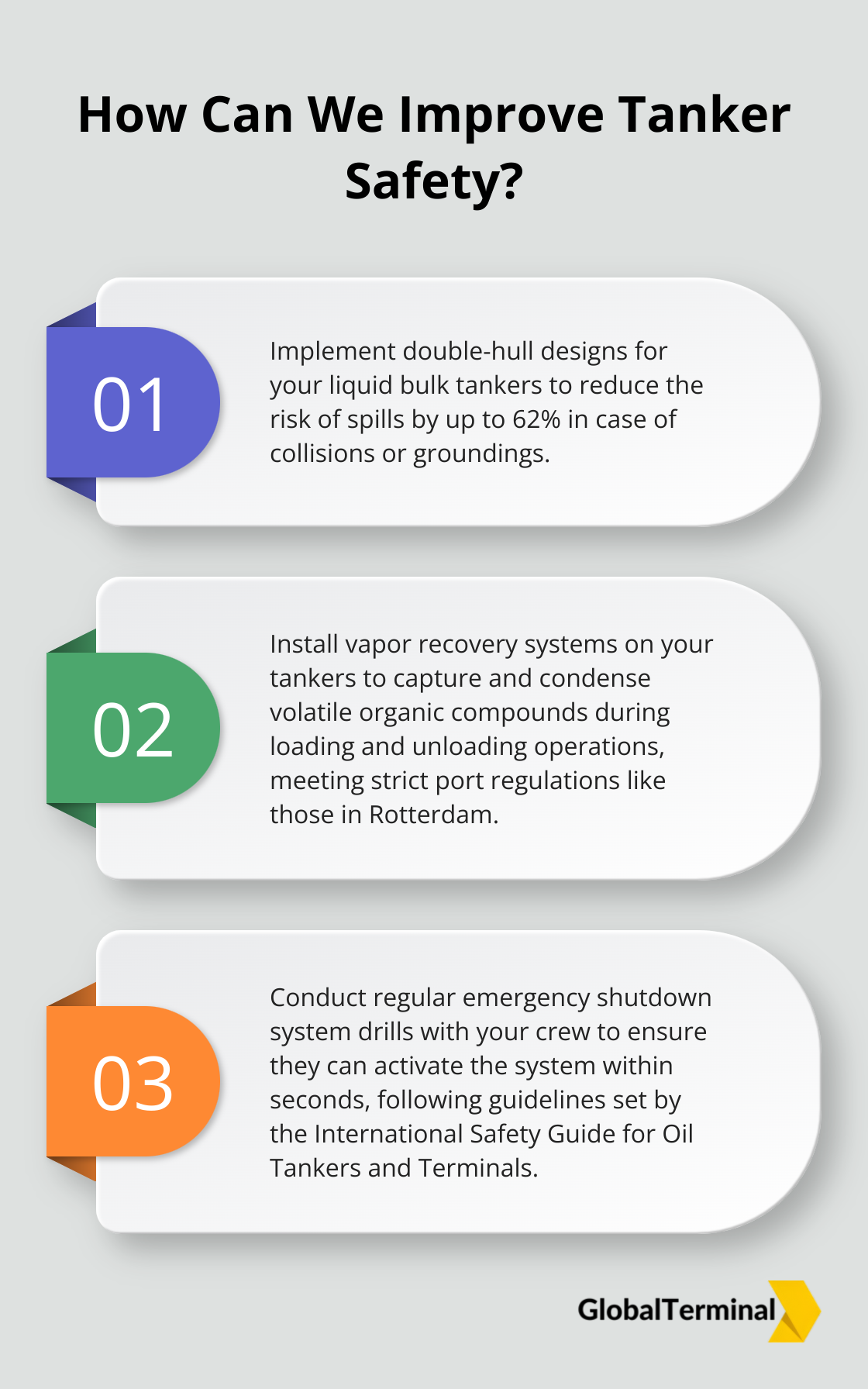
The liquid bulk transportation sector is poised for significant advancements in sustainability and technology. The industry moves towards reducing emissions and improving energy efficiency through alternative fuels and propulsion technologies. Digitalization and automation will transform operations, enhance safety, optimize routes, and improve overall efficiency.
At GLOBAL TERMINAL NETHERLANDS B.V, we recognize the vital role that efficient and safe storage plays in the liquid bulk transportation ecosystem. Our facilities in key global ports complement the capabilities of liquid bulk tankers, ensuring seamless logistics and supply chain optimization. As the industry evolves, we remain committed to providing innovative storage solutions that meet the changing needs of the global energy market.

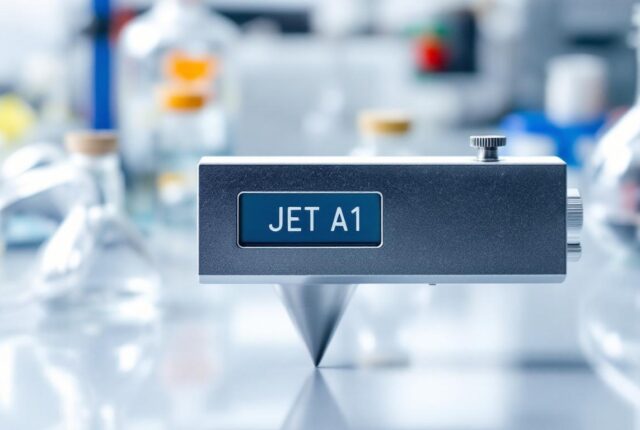
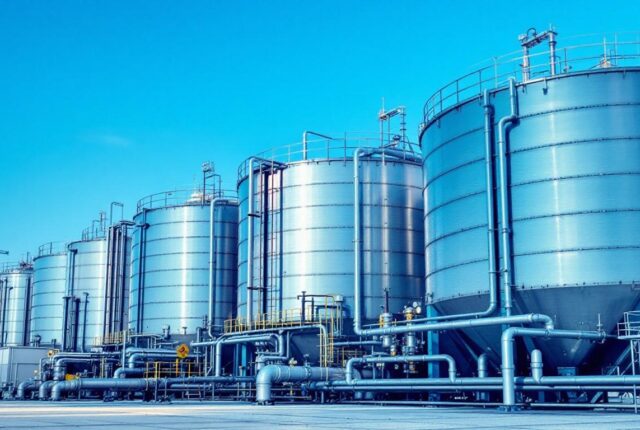
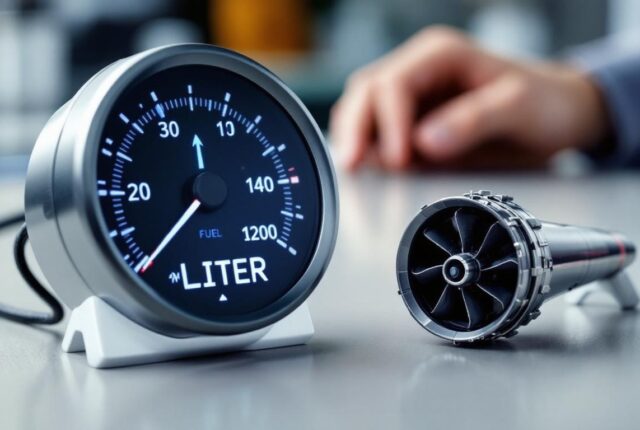

Leave a Reply